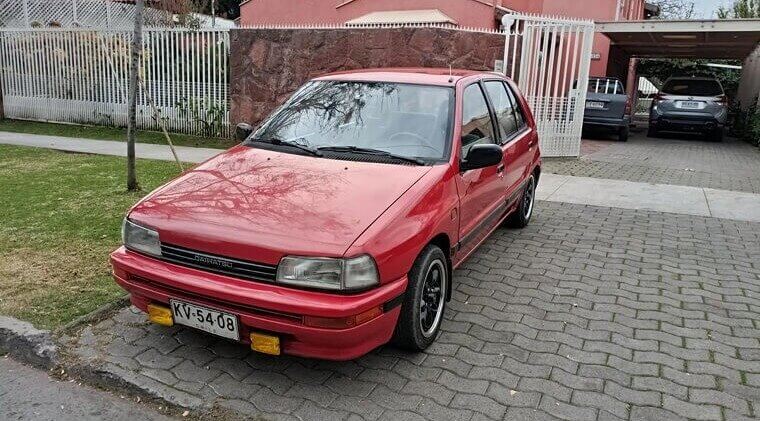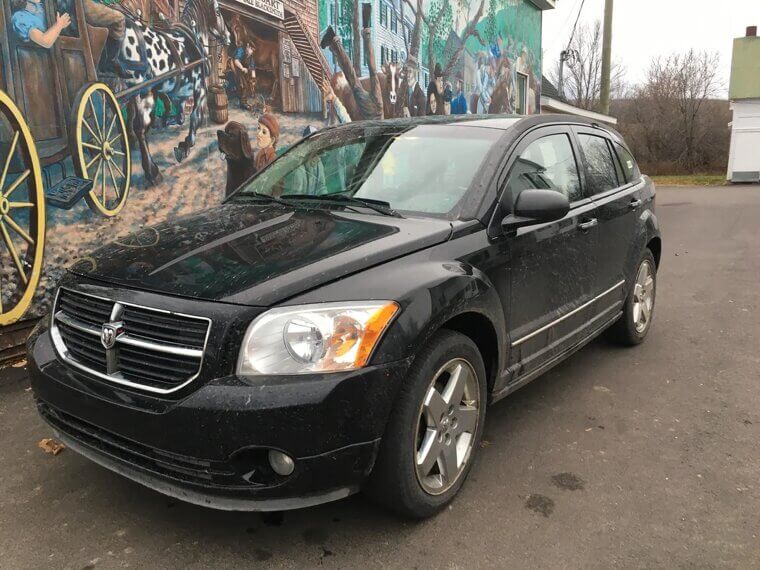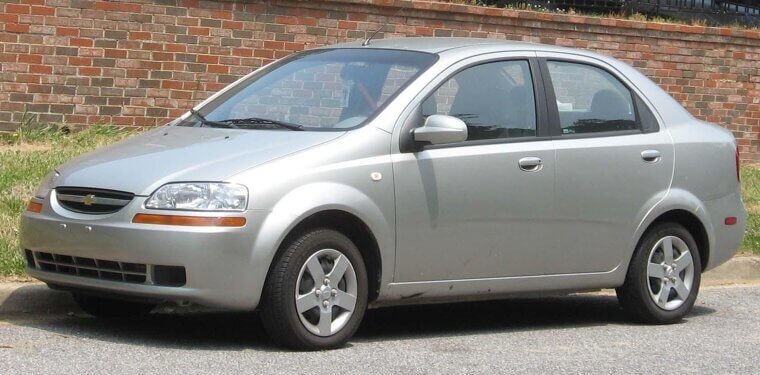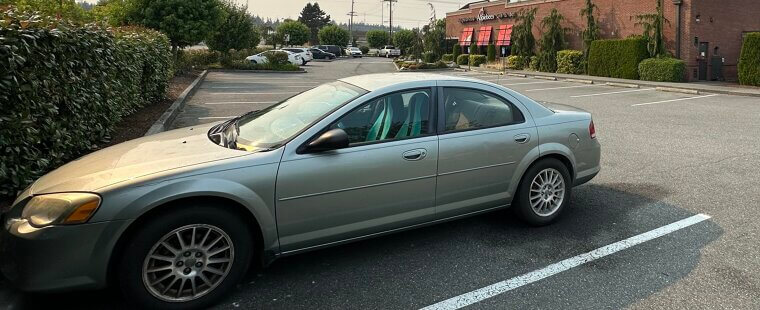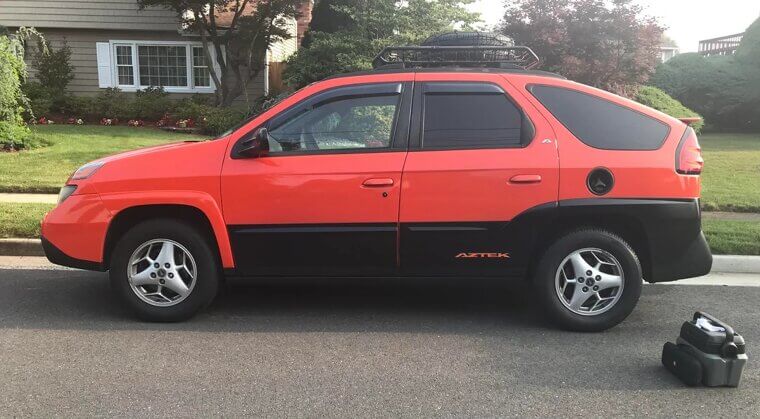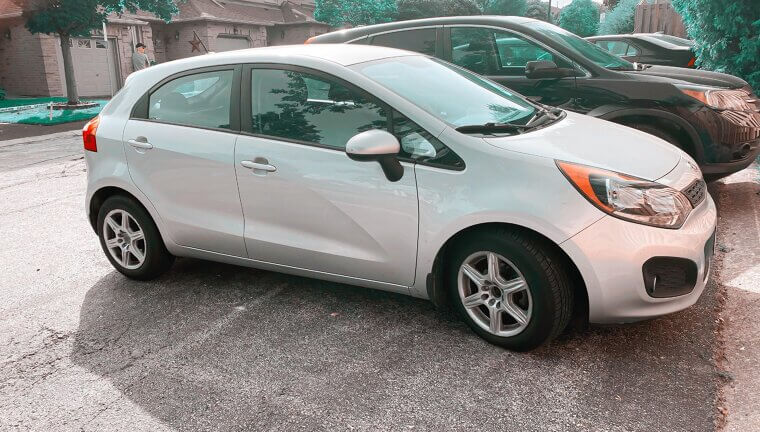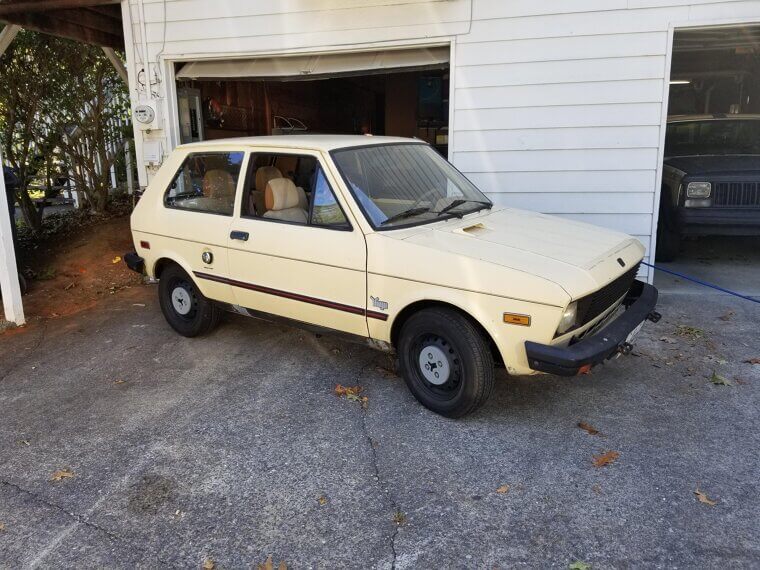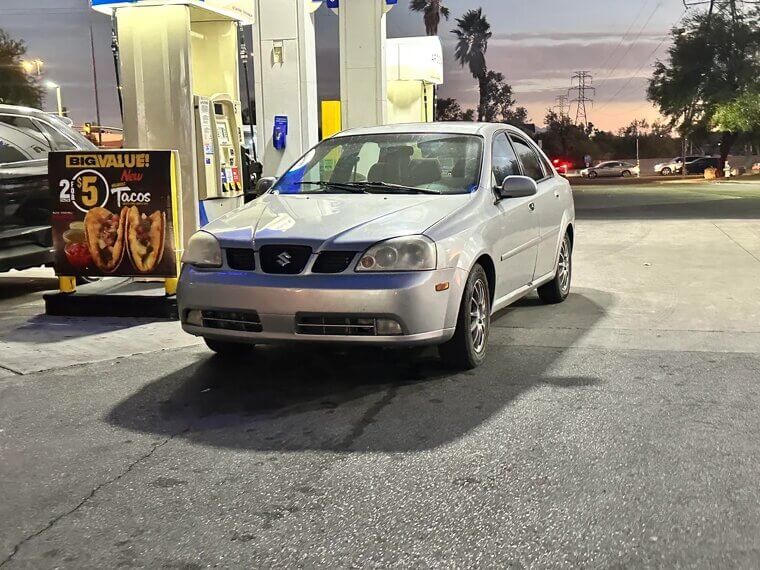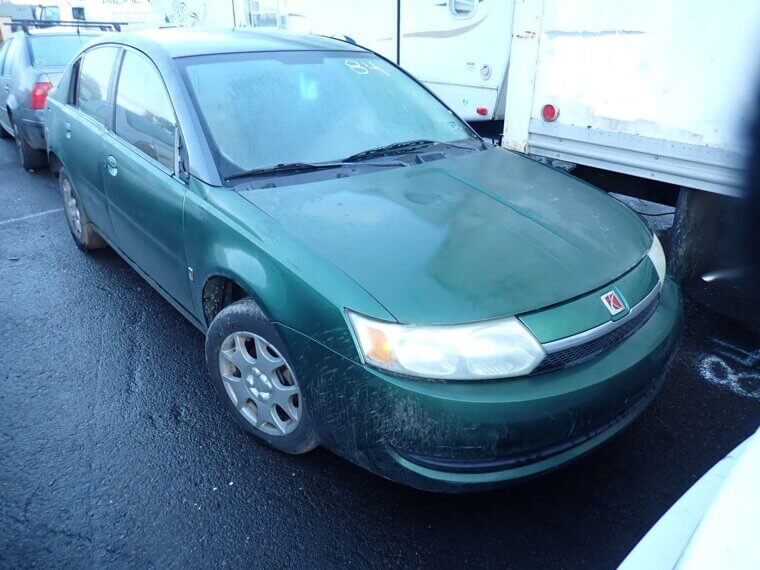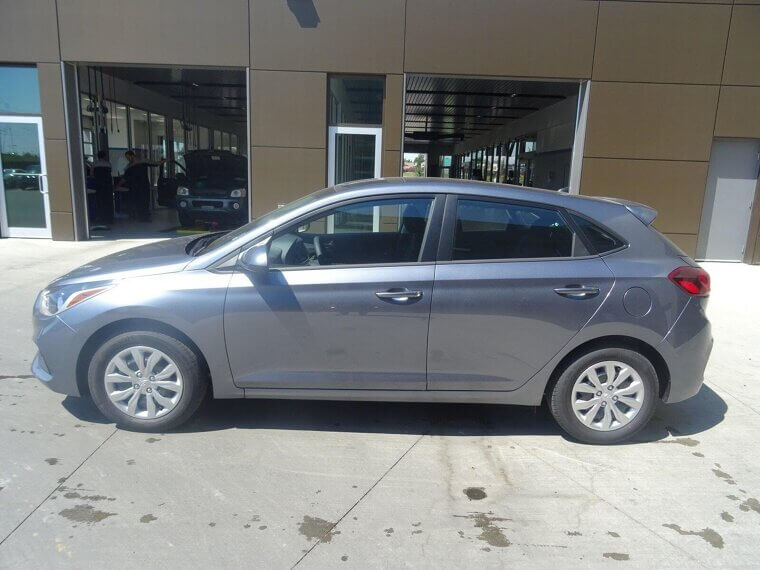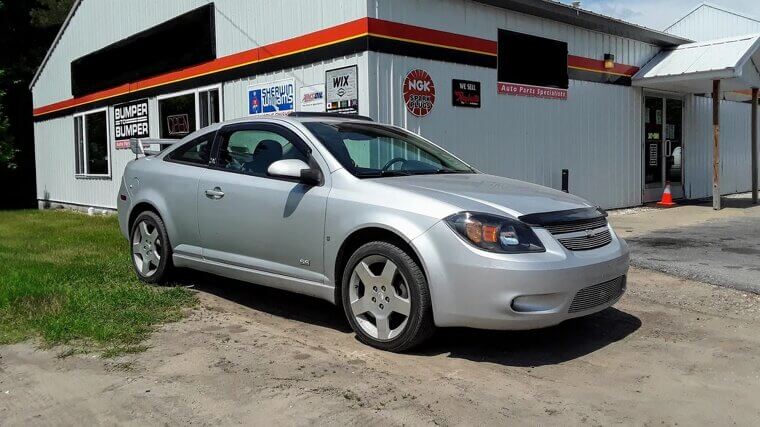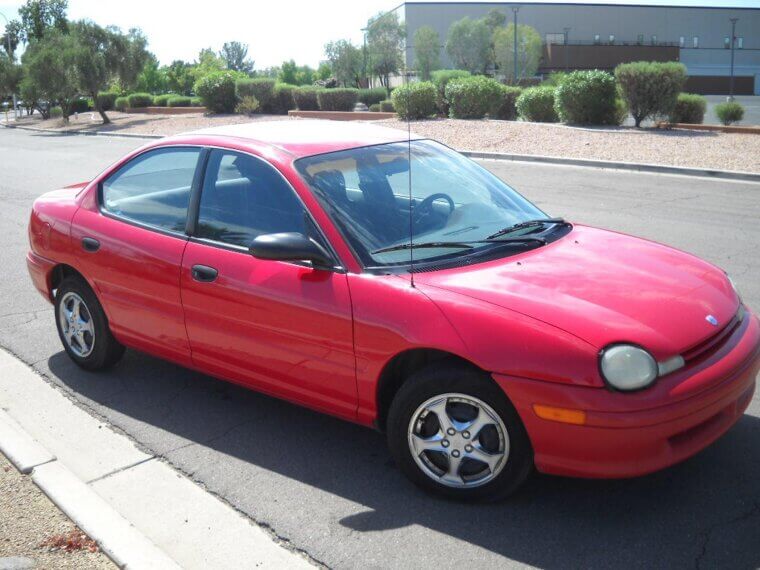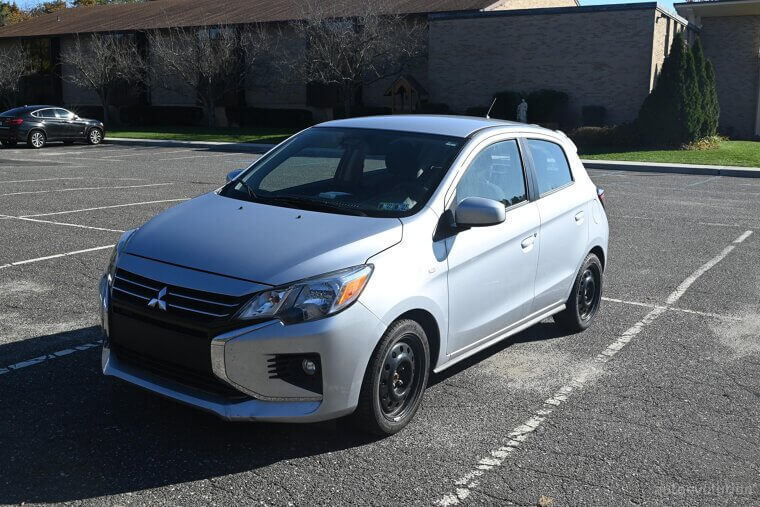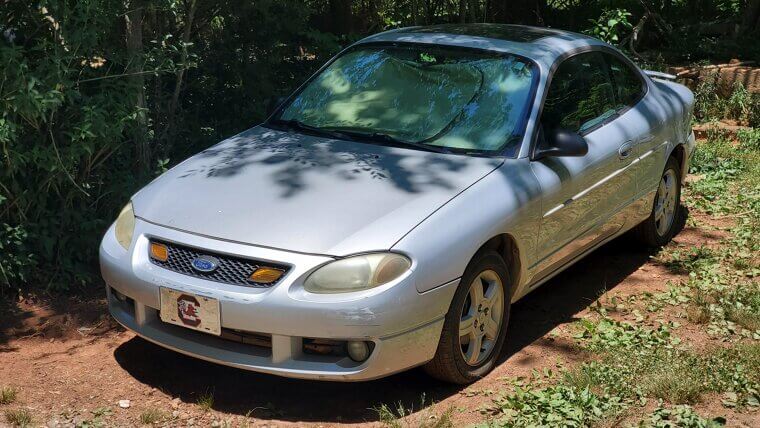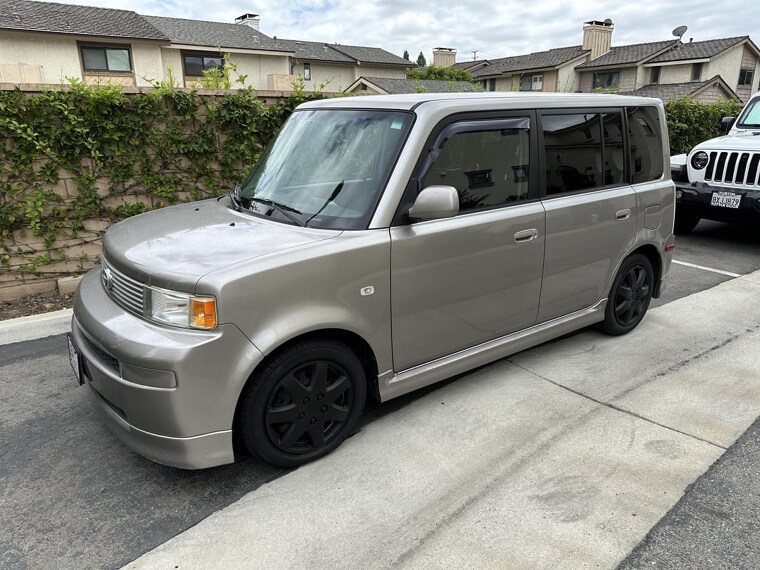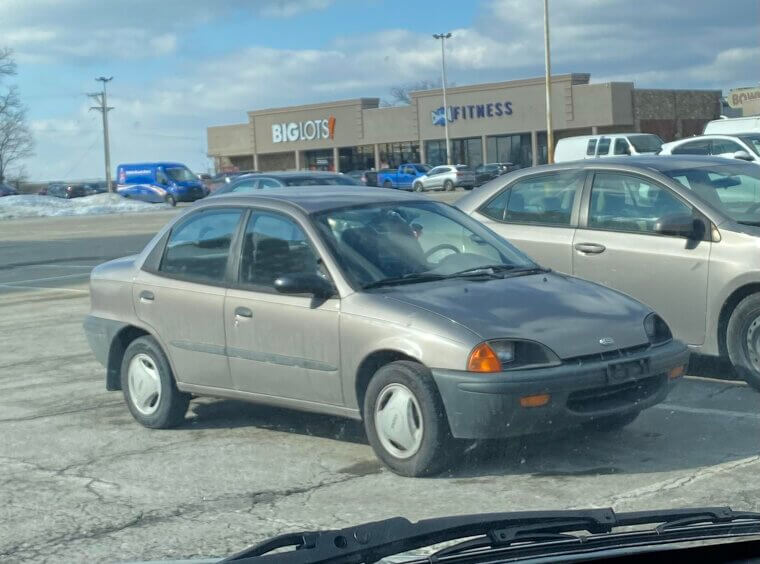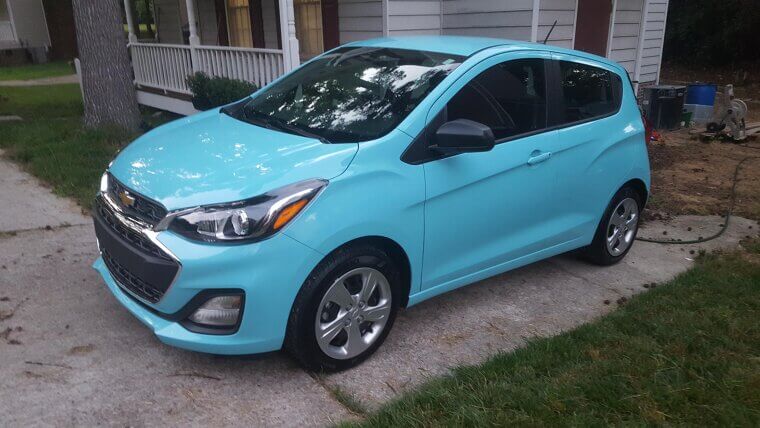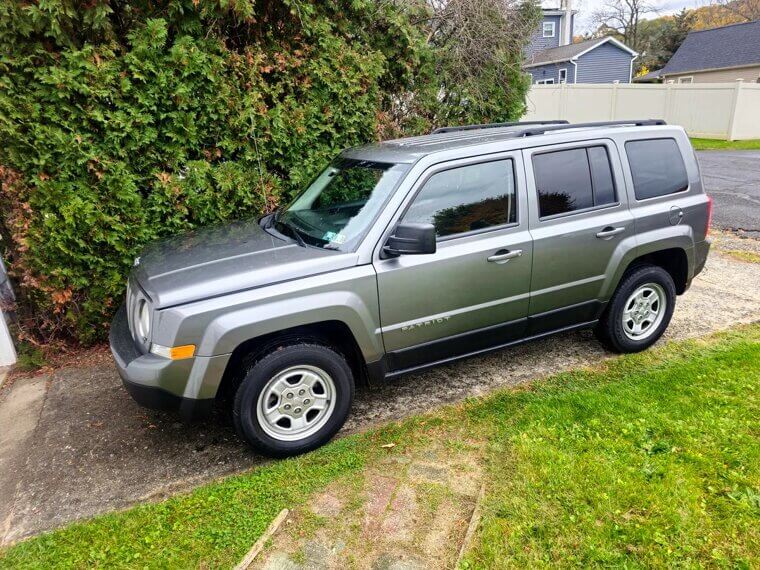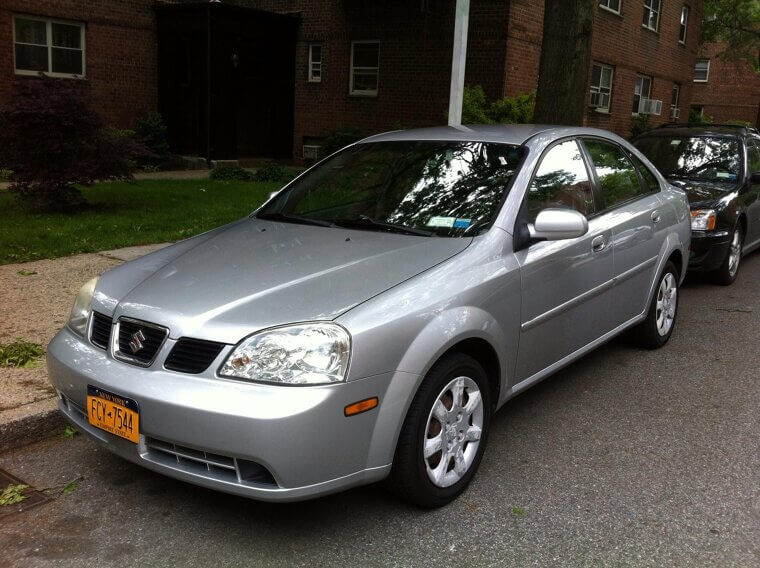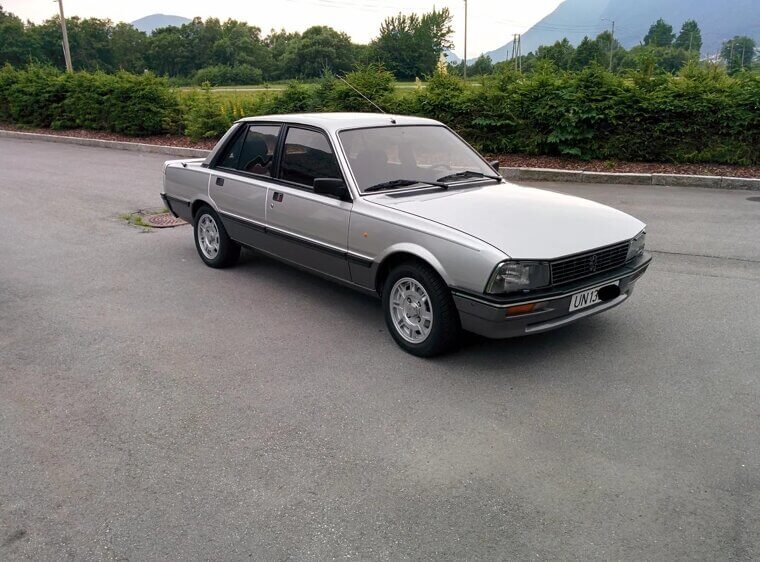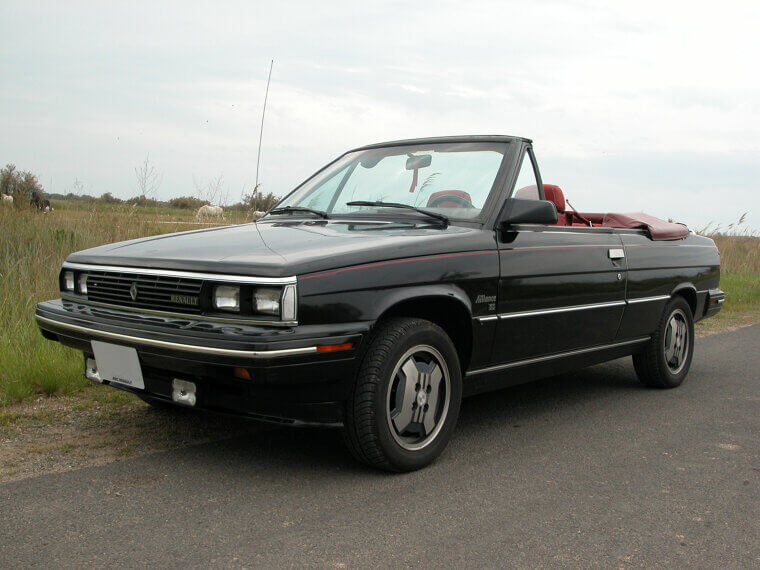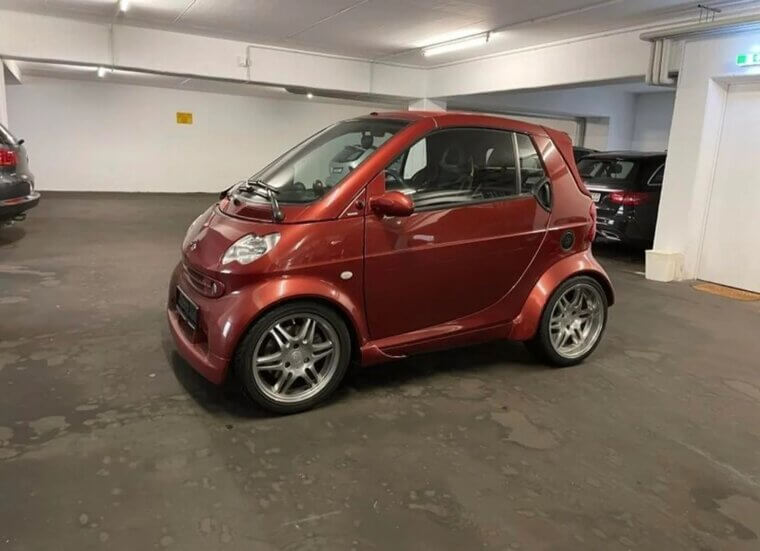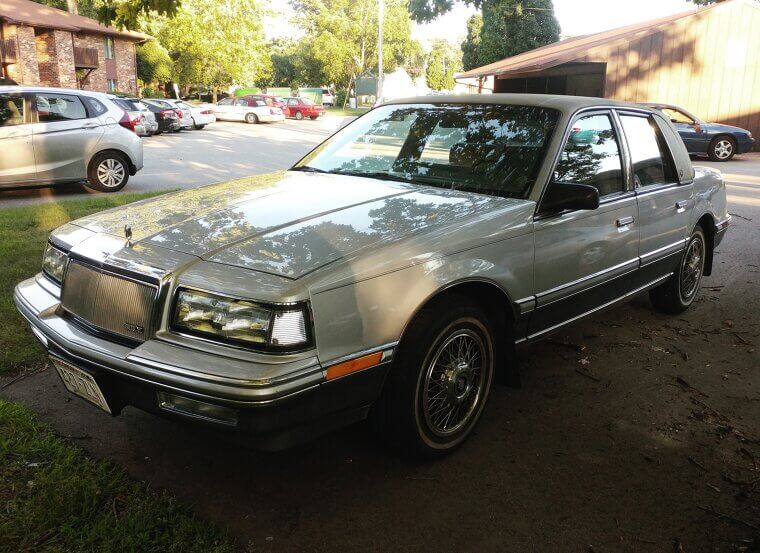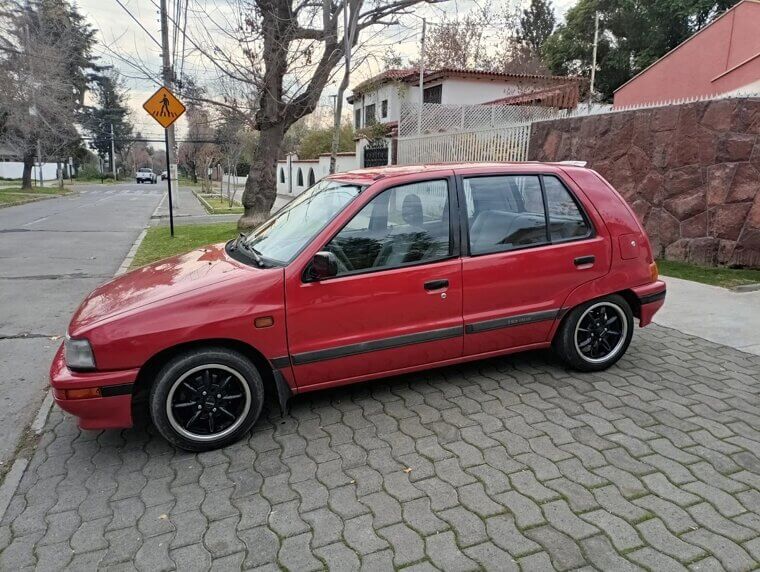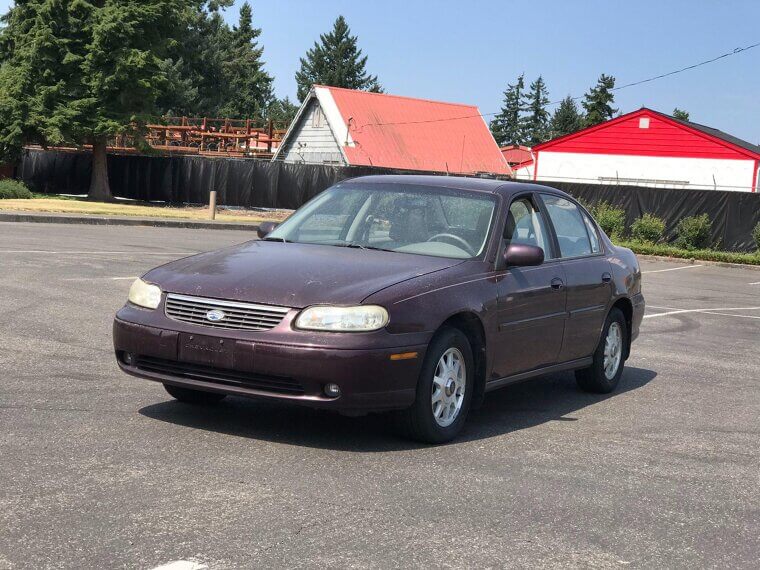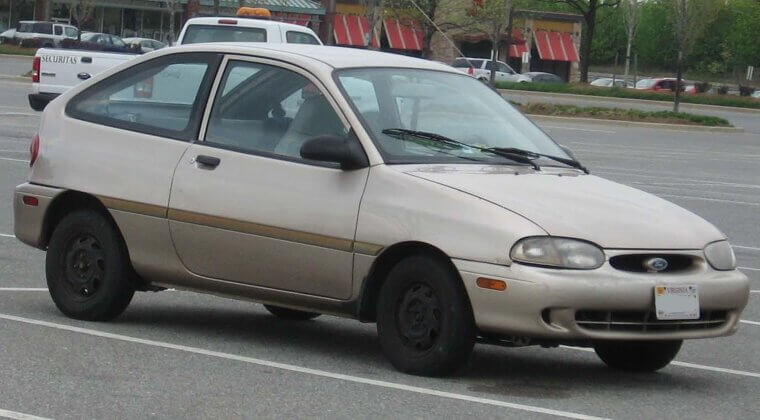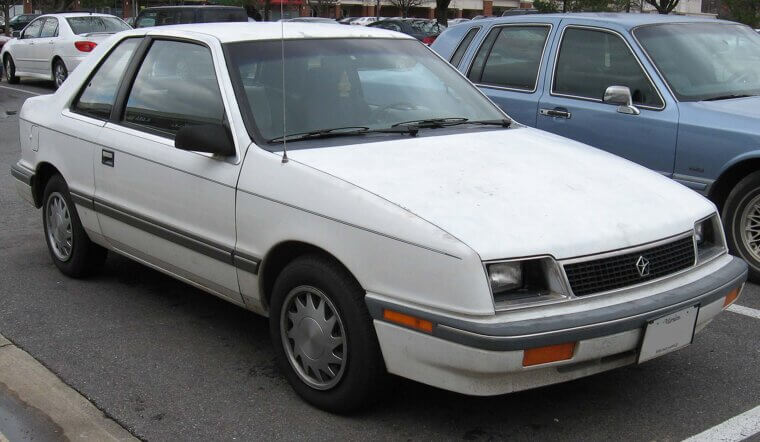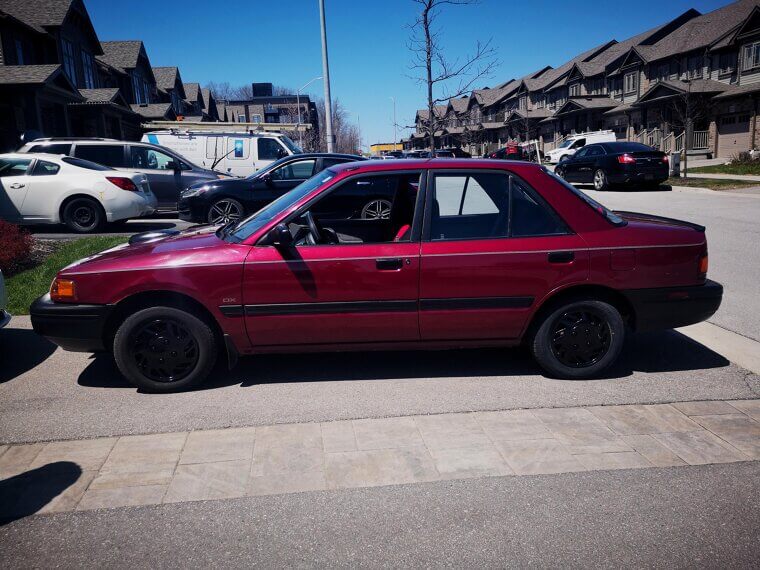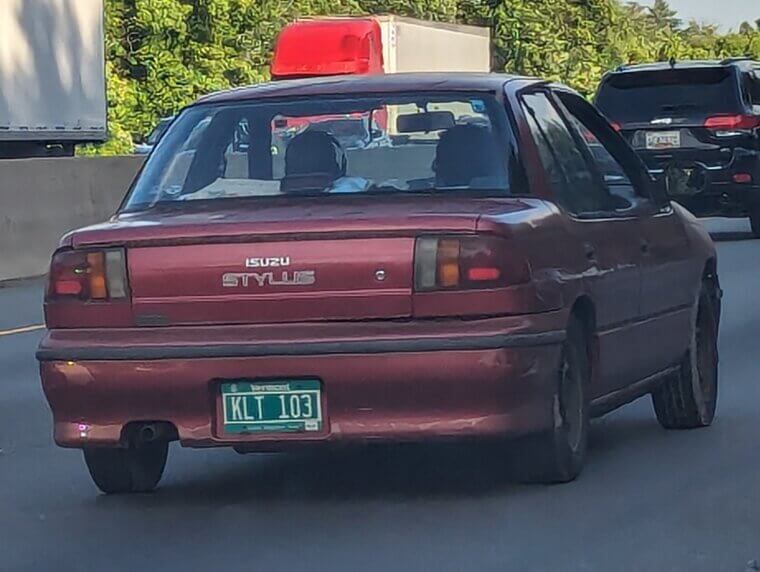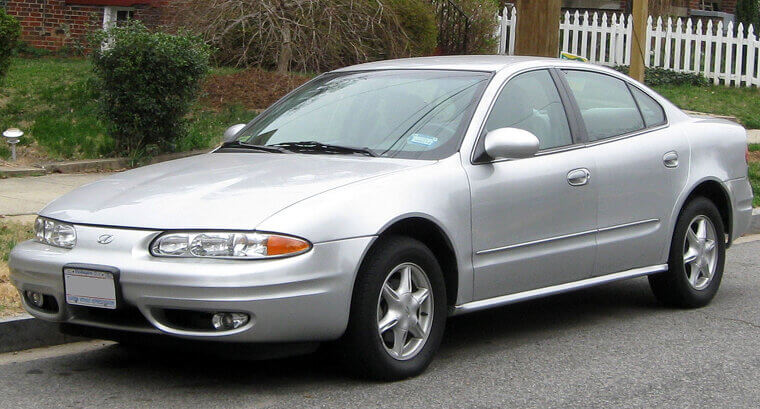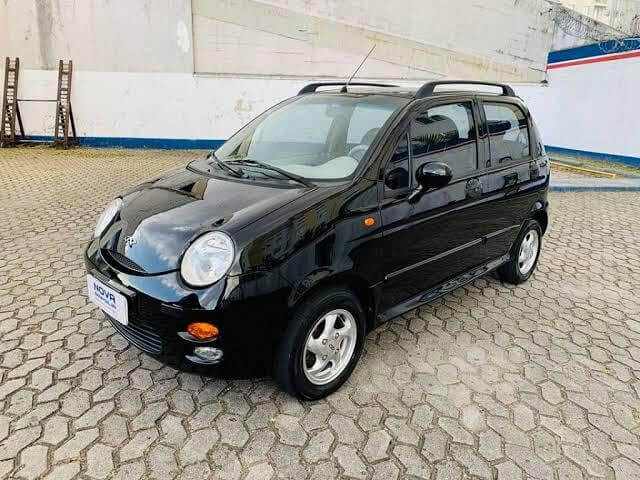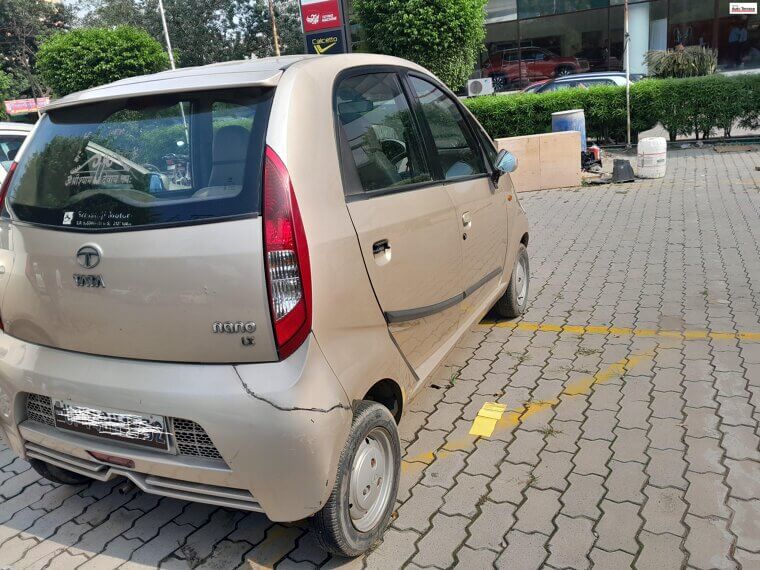The Cheap Cars Have Expensive Problems Far Past What They're Worth
Some cars are cheap to buy, but they cost you big in repairs and frustration. We’re exploring 35 cars that looked like a good deal - but really weren’t. If you’re car shopping, read this first and save yourself a ton of trouble later.
Dodge Caliber
The Dodge Caliber looked cool at first, but it had a lot of problems. The interior felt cheap, it made for a rough ride, and the CVT transmission was awful. It broke down too often and cost a lot to fix. So many people regretted buying it.
Chevrolet Aveo
Chevrolet’s Aveo was super cheap, but it had one big problem - it just didn’t last. The engine was weak, and the car rattled like it was falling apart. It also had tons of mechanical issues. People bought the Aveo to spend less money and ended up spending more on repairs.
Chrysler Sebring
The Sebring had a bad reputation for a reason. Sure, it looked stylish, but it was built poorly. The engine, transmission, and electrical parts gave endless problems. It was one of those cars that looked better than it actually was.
Pontiac Aztek
If there was an award for the weirdest-looking car, the Pontiac Aztek would win it. It had a low build quality and frequent issues with sensors and electronics. It was supposed to be cool, but ended up being an absolute headache for owners.
Kia Rio
Early Kia Rios were cheap - and it definitely showed. The engine was loud, the seats were uncomfortable, and they just didn’t hold up well over time. Many owners had to deal with major repairs after a few short years of owning them.
Ford Pinto
The Pinto is remembered for its dangerous gas tank design. Just one small end crash could lead to a fire. Ford made the Pinto too cheap, cutting corners where they could. Today, it’s one of the most infamous cars in history.
Yugo GV
The Yugo GV is the ultimate example of “you get what you pay for.” This car was super cheap, but it constantly broke down. Parts fell off, and it had endless issues. Reliability just wasn’t in its forte. Mechanics hated working on it, too.
Suzuki Forenza
Suzuki’s Forenza was boring and unreliable. The engine was weak, and it didn’t age well. It felt clunky and outdated even when it was new. People bought it because it was affordable, but quickly regretted their decision shortly after they brought it home.
Saturn Ion
The Ion had a clunky design that made it stand out for all the wrong reasons. It also had a lot of problems - like the ignition switch being a huge safety issue. It also had poor steering and cheap interior parts. Many owners ended up trading it in earlier than planned.
Hyundai Accent
The early 2000s Accent had a low price tag, but it came with big problems. The ride was noisy, and the engine struggled. Rust was also a big issue that had owners trying every remedy available. It just didn’t hold up over time and caused too many headaches.
Daewoo Lanos
The Daewoo Lanos was a cheap import that didn’t impress. It came with poor safety ratings and lacked quality. Getting parts was hard once Daewoo left the U.S., and people learned the hard way that this deal wasn’t worth it.
Fiat 500L
The Fiat 500L had a pretty quirky design, but the fun stopped there. It had serious transmission problems and a very clunky ride. The interior was just another thing that wasn’t well built, and many people found it more annoying than practical.
Nissan Versa
Early Versas were roomy - and that’s about all the good we have to say about the car. It had major issues. The transmission failed way too often, and the materials inside felt cheap. People expected more from a Nissan but got let down.
Chevrolet Cobalt
Chevrolet’s Cobalt had a big recall for faulty ignition switches. It also had a ton of problems with steering and electrical systems. It felt more like a rushed design and didn’t stand the test of time. Sales dropped, and the Cobalt was soon forgotten.
Dodge Neon
The Dodge Neon had a sporty look, but not even that was enough to detract from the poor build quality. The engine was noisy, the suspension wore out fast, and it needed frequent repairs. People bought it young and fun, but it aged badly.
Mitsubishi Mirage
The Mirage is one of the cheaper new cars, and it really feels like it. It’s slow, noisy, and doesn’t handle well. The interior? Well, that’s super basic, too. It might save you money upfront, but it doesn’t feel good to drive and is not worth the spend.
Ford Escort ZX2
Ford’s Escort ZX2 was affordable, but it didn’t have that staying power that cars needed to stay relevant. The transmission was one of the biggest problems and failed often. The engine also wasn’t reliable, and it rusted quickly. All round, it was a bad buy.
Scion XB
The second-generation xB lost its charm shortly after its release. All it got was bigger and heavier, but not better. The fuel economy dropped, and it felt clumsy to drive. It just wasn’t as fun as the first version, and the styling didn’t appeal to everyone.
Geo Metro
The Metro might have been super cheap and great on gas, but that’s about it. It was tiny, slow, and not very safe. It couldn’t handle highway speeds, and even a minor accident could be serious in this poorly made car.
Chevrolet Spark
Chevrolet’s Spark is cheap and tiny, but it feels underpowered. It struggles on hills, and the ride gets pretty bumpy at times. It’s okay for short city trips, but definitely not the car for fun, long weekend drives to a getaway.
Jeep Patriot
The Patriot looked like a real Jeep, but it didn’t drive like one. It had one issue after another with the transmission and electronics. The interior was cheap, and the ride was anything but smooth. It tried to be tough, but just didn’t deliver.
Suzuki Reno
The Reno was an easily forgotten car with lots of issues. From a weak engine to bad gas mileage for its size, there was very little actually right with the car. The build quality was low, and it had very little resale value.
Peugeot 505
The 505 was different from other Peugeots, sure, but not in a good way. It had odd controls that no one could really figure out, and poor reliability. Getting parts was hard, and repairs were expensive. It was more trouble than it was worth for most owners.
Renault Alliance
Renault’s Alliance was built in America but had European quirks. It had quality issues and broke down often. The ride felt unrefined, and it didn’t last long. Most people wouldn’t think of spending a dime on one today.
Smart Fortwo
The Smart Fortwo was fun in theory, but hard to live with. It had a jerky transmission and a stiff ride. Because it was so small, it didn’t feel stable at high speeds, and there was barely any room for stuff. It just wasn’t practical.
90s Buick Skylark
We’re not too sure what Buick was thinking when they designed the Skylark. It had a weird look and didn’t drive well. The interior felt cheap, and the engine wasn’t reliable. It had lots of little problems that added up. Not many people miss this one.
Daihatsu Charade
The Charade was small, light, and incredibly underpowered. Yes, it was cheap, but it also rusted easily, and parts were hard to find. It never caught on in the U.S. because it just didn’t offer enough value to its owners.
Chevrolet Malibu
Chevrolet’s early 2000s Malibu had a bland design and lots of other issues that made it unpopular. Electrical problems, poor suspension, and cheap materials were common. It didn’t age well and ended up with a low resale price and almost no demand.
Ford Aspire
The Aspire was slow, noisy, and not very safe - not something you would expect from a Ford, right? It had very few features and felt outdated even when it was new. It was a cheap ride, but you didn’t get much in return.
Plymouth Sundance
The Sundance is just another cheap car on our list that had a weak engine and a cheap interior. It broke down more than it should have. It was an average car at best and had nothing to make it stand out in a good way or attract buyers.
Mazda Protegé
Some of Mazda’s Protegés were okay, but others had transmission and rust problems. They aged fast, and all the repairs just got too expensive. Sure, it’s not the worst car on our list, but it’s also not the bargain people hoped for, either.
Isuzu Stylus
The Stylus was rare. This meant limited support for any aftermarket issues and breakdowns. It wasn’t very fun to drive, and it had endless reliability problems. Finding parts was tough, and it all but faded away shortly after it was released.
Oldsmobile Alero
Oldsmobile’s Alero had a nice look but poor quality. Electrical and cooling system failures were way too common, and it also had brake problems. For many owners, it seemed like a good deal until the repairs started piling up.
Chery QQ
If you don’t remember this car, you’re not alone. Chery’s QQ was super cheap in countries where it was sold, but the quality was awful. It had poor safety ratings, weak materials, and constant issues. It didn’t last long at all.
Tata Nano
The Tata Nano was the world’s cheapest car at one point, and it felt like it. It was loud, uncomfortable, and not very safe. People thought they were getting a good deal, but ended up with something barely drivable instead.

